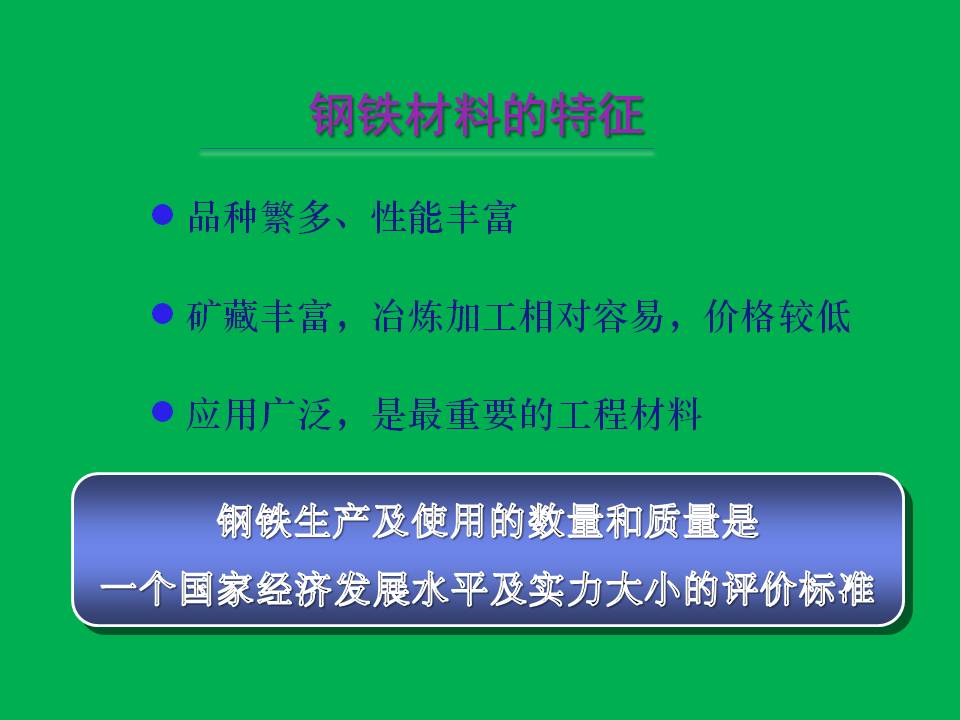The complementarity of ex-situ IR and Raman spectroscopic techniques was used to obtain information about the structural changes in sol-gel anticorrosion coatings exposed to extensive anodic polarisation. The coatings were prepared from (3-glycidoxypropyl)trimethoxysilane (GPTMS) and (3-aminopropyl)trimethoxysilane (APTMS) precursors, which can react either via sol-gel processes (i.e. methoxy groups) or through opening of epoxy rings of GPTMS with amino moieties of APTMS. Amino-heptaisooctyl-functionalised polyhedral oligomeric silsesquioxane (AP-iOc7-POSS) was added in a relatively small amount to prevent the uniform diffusion of water and ionic species through the coatings. POSS are known for their ability to improve the abrasion, mechanical and chemical resistance of the coatings, as well their thermal stability. Due to organic shell, AP-iOc7-POSS can bind into tridimensional network via amino group, while isooctyl groups increased the hydrophobic character of the coatings. In addition, the effect of addition of hydrophobic poly(dimethylsiloxane) (PDMS) chains on the barrier properties of the coatings was evaluated. Namely, the surface energy values decreased from 29.6 mJ/m^2 for coatings without PDMS to 22.6 mJ/m2 for the coatings with the highest amount of PDMS. Moreover, the potentiodynamic polarisation measurements revealed that the concentration of PDMS chains in coatings should be optimised to achieve the lowest corrosion current density.
A technique that can give evidence about the structural changes that occur during anodic polarisation of the coatings deposited on reflective substrates is ex-situ IR reflection-absorption spectroscopy. The IR RA spectra are recorded under near grazing condidions of 80° and with P polarised IR radiation. The spectra revealed the changes in relative intensity ratio of siloxane bands, i.e. at 1145 cm-1 vs. 1054 cm-1 in coatings without PDMS chains, suggested that degradation of the coatings occurred through the formation of lower cyclosiloxanes. In addition, methylene chains in these coatings transformed into conformationally more disordered chains in these coatings. The difference ex-situ IR RA spectra confirmed the hydration of the coatings with their exposure to more positive potentials through formation of broad OH stretching mode at 3460 cm-1 and deformational band at 1640 cm-1. Both water bands were much less intensive in difference ex-situ IR RA spectra of coatings with PDMS chains. The ex-situ Raman images of the coatings with PDMS revealed fairly homogeneous distribution of methylene groups, while at some areas PDMS chains were concentrated. The spectra of initial coatings were dominated by the Raman bands of PDMS chains, which gradually decreased when the coating was subjected to anodic polarisation. The completely corroded pits did not reveal any Raman signal.
This research was funded by the Slovenian Ministry of Higher Education, Science and Technology through the MNT-ERA.NET project Bonaco and the Slovenian Research Agency (Programme P1-0030).
中国腐蚀与防护网官方QQ群:140808414
《中国腐蚀与防护网电子月刊》征订启事
摘要阅读联系:郭静 电话:010-82387968-802
QQ: 815397784 邮箱:guojing733@163.com

官方微信
《中国腐蚀与防护网电子期刊》征订启事
- 投稿联系:编辑部
- 电话:010-62313558-806
- 邮箱:fsfhzy666@163.com
- 中国腐蚀与防护网官方QQ群:140808414




